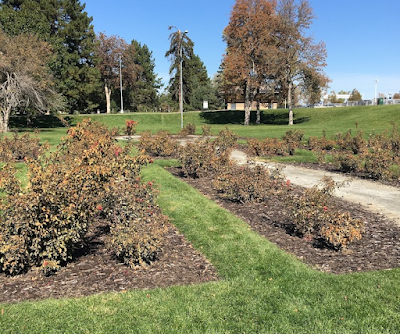by Amy Lentz, CSU Horticulture Extension Agent, Weld County
CSU Extension has a TON of resources to help you with a
variety of needs when it comes to anything ‘horticulture’ and sometimes it can
be a bit overwhelming to know where to look. I thought it would be a nice touch
to our CO-Horts Blog series to have an instructional article on how to
utilize these many resources that your CSU Extension experts have created for you! You can be sure
that the information you get from CSU Extension is based on sound research and
good practices, even if it's in a fun style like the current blog site you are visiting.
So, here you go…this is a summary of the different types of
resources you might want to check out for more information on anything you can
think of about gardening, landscaping, lawns, trees, flowers, vegetables, fruit
and so much more! Links are embedded in each summary below in case you want to
visit these sites and bookmark them for future use:
topics. The subject material is focused on the beginner and offers other resources for further researching. The Planttalk website is also home to a full library of short gardening tutorial videos for those that prefer visual learning. Find these resources, along with a form to ask your question directly to Extension experts, on the Planttalk website.
CSU Fact Sheets are scientifically written and detailed articles that often include growing and treatment recommendations for everything from insect issues to recommended trees and shrub lists. Fact Sheets are peer reviewed and written by CSU Extension specialists, agents and other experts. These are great if you have an issue for which you need research-based advice. Fact Sheets can be found on the main CSU Extension Website under Publications.
CMG GardenNotes are very detailed chapter-style resources that are great for those seeking textbook style learning. These are utilized during training for Master Gardener volunteers and others at our annual Green School. You can find out more about Green School and access the complete set of CMG GardenNotes on the Colorado Master Gardener website.
The CO-Horts Gardening and Colorado Mountain Gardener blog postings are more casual and fun resources where agents and Master Gardeners across Colorado write about random topics surrounding horticulture. You can subscribe to these blogs to receive the articles right into your email inbox or you can just read online.

The CO-Horts blog
website also offers a list of recorded Gardening
Webinars that have been taught across the state by CSU Extension agents.
Finally, probably the best part about CSU Extension is that
you can contact your Local
CSU Extension Office and Colorado Master Gardener
Volunteers to get personalized help with your gardening questions! CSU
Extension offices also cover many other topics that are useful to Coloradoans.




























